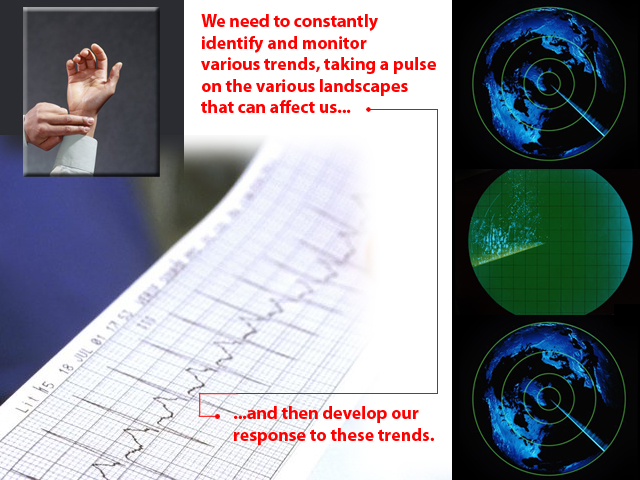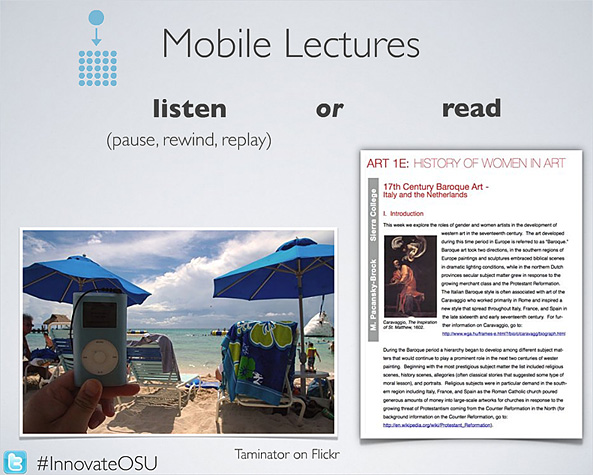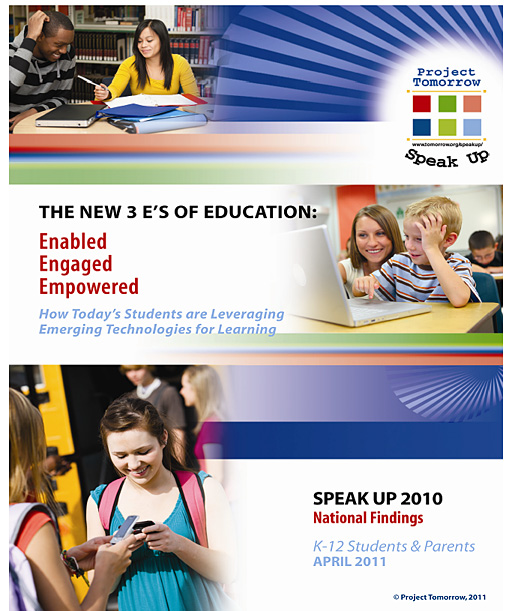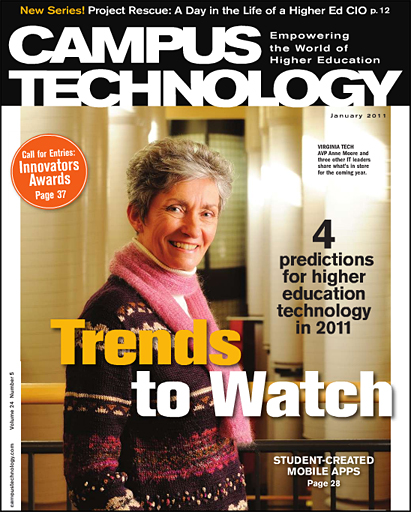5 ideas for responding to what kids want the nation to know about education — from The Innovative Educator by Lisa Nielsen
Excerpt:
In the session the focus was clear. Educators and the former principal (YAY for administrators) who attended wanted to know how we can hear the children and show them they matter, we love them, and we want to honor their unique passions, talents, interests, and abilities. We discussed a lot of great ideas. Here are five ways we discussed addressing what students want from education:
- Rather than bubbletests, measure student progress with personal success plans.
- Rather than report cards and transcripts allow students to showcase their learning with an authentic ePortfolio.
- Rather than work that only has the teacher as the audience, empower students to do real work that matters to them and has a real audience.
- Rather than telling students how to meet learning goals, empower them to drive their own learning as participant Deven Black explained he does (visit this link to see how).
- Have conversations with students about what their talents are. You can use the videos in this article that feature students sharing stories about their talents.



















